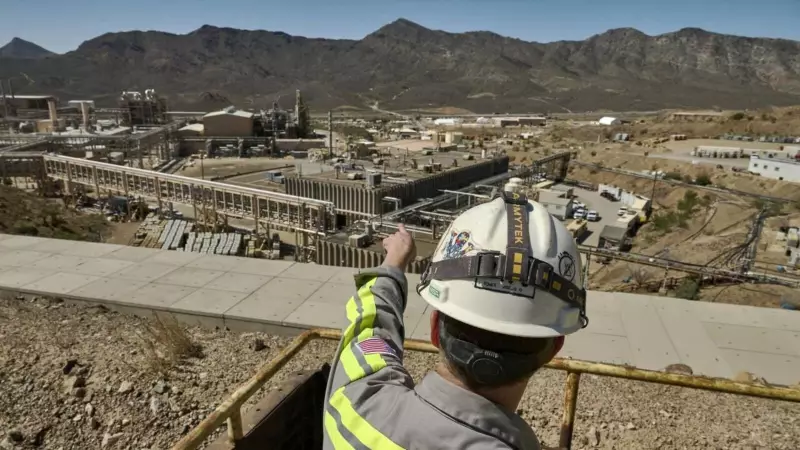
The United States is witnessing an unprecedented investment frenzy in rare earth companies, as geopolitical tensions and the global clean energy transition create massive demand for these critical minerals. Wall Street and Main Street investors alike are scrambling to capitalize on what many are calling the next big resource boom.
Why Rare Earth Metals Are Suddenly So Valuable
Rare earth elements—a group of 17 metals with unique magnetic and conductive properties—have become the backbone of modern technology. From smartphones and electric vehicles to wind turbines and military equipment, these minerals are essential components that power our digital and green economies.
The driving forces behind this investment surge include:
- Explosive growth in electric vehicle production requiring permanent magnets
- Massive renewable energy infrastructure projects worldwide
- Geopolitical concerns about supply chain dependence on China
- Government incentives for domestic mineral production
- Defense sector demand for advanced weapons systems
Market Dynamics: From Niche to Mainstream
What was once a specialized sector dominated by mining experts has now become a mainstream investment opportunity. Publicly traded rare earth companies have seen their stock prices skyrocket, while private equity firms are pouring billions into exploration and processing facilities.
"We're seeing a fundamental shift in how investors view mineral resources," explains a market analyst. "Rare earths are no longer just commodities—they're strategic assets critical to national security and technological leadership."
Key Players and Investment Opportunities
The rare earth investment landscape includes established mining giants, junior exploration companies, and processing technology firms. While lithium and cobalt have received most attention in recent years, investors are now diversifying into less-known elements like neodymium, praseodymium, and dysprosium.
Current market trends show:
- Record-breaking IPOs for mining companies with rare earth assets
- Strategic partnerships between tech companies and mineral producers
- Government funding for domestic processing capabilities
- Increasing M&A activity in the sector
The China Factor: Reshaping Global Supply Chains
China's dominance in rare earth production and processing has been a wake-up call for Western nations. Recent trade tensions and export restrictions have highlighted the vulnerability of relying on a single supplier for these critical materials.
This geopolitical reality is driving massive investment in alternative supply chains, with North American and Australian companies leading the charge. Governments are implementing policies and providing subsidies to accelerate domestic production capabilities.
Future Outlook: Sustainable Growth or Speculative Bubble?
While the long-term fundamentals appear strong, some analysts caution about potential overheating in the market. The question remains whether current valuations reflect genuine supply-demand dynamics or speculative enthusiasm.
However, most industry experts believe the rare earth boom has solid foundations. The global transition to clean energy and digital technologies ensures sustained demand for these critical minerals for decades to come.
As one fund manager noted, "We're in the early innings of a multi-decade supercycle. The companies that can reliably produce these materials will be incredibly valuable."





